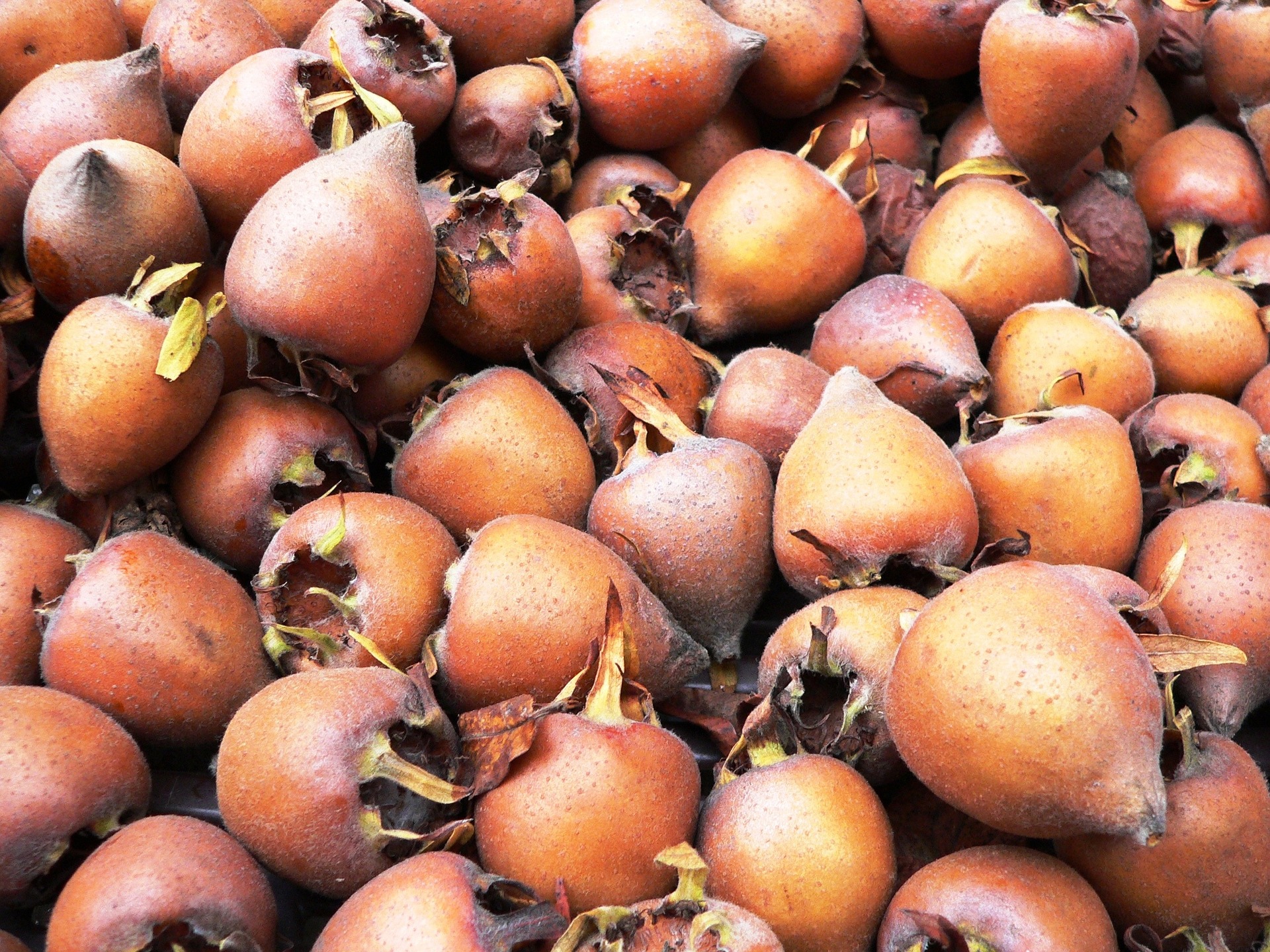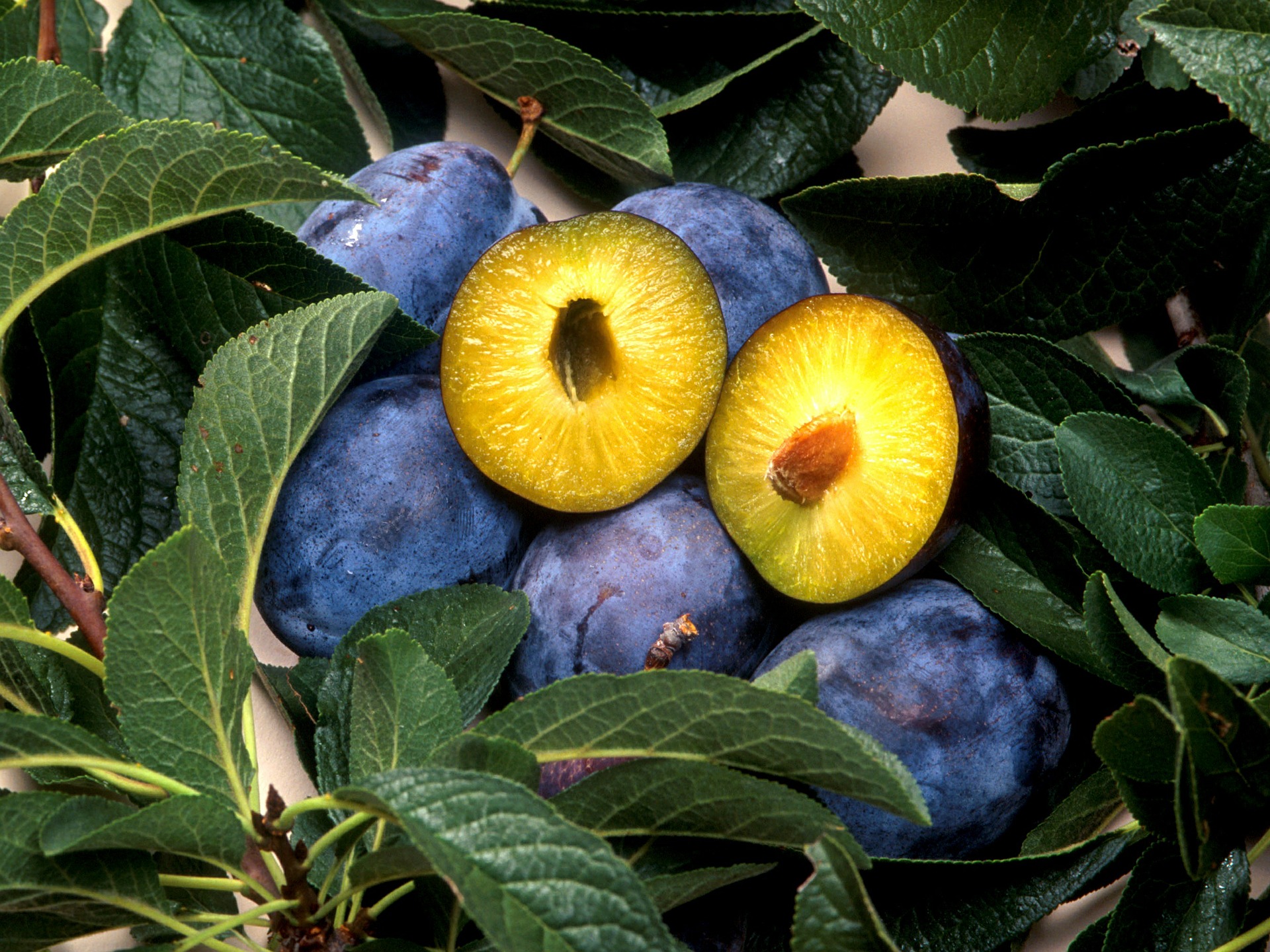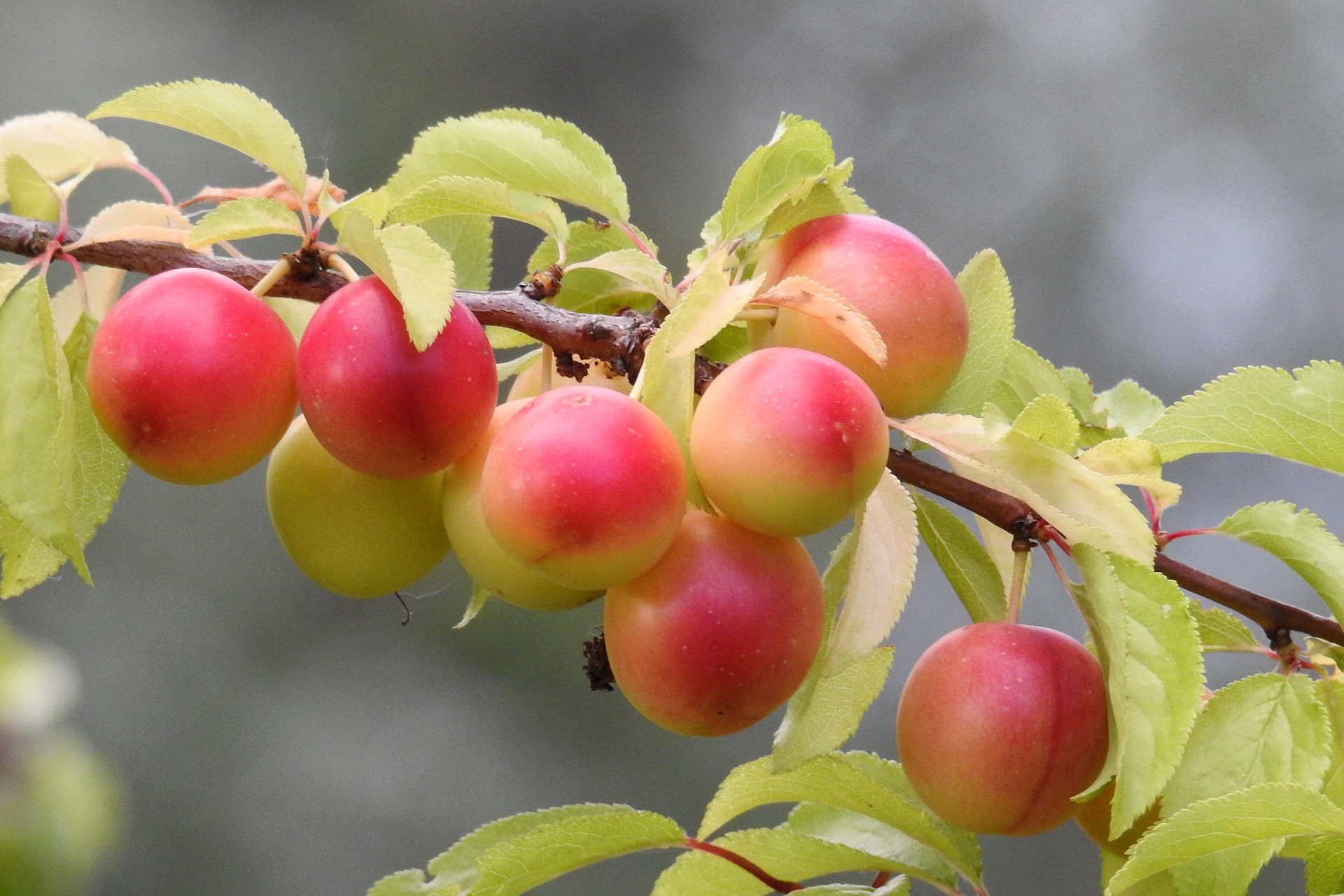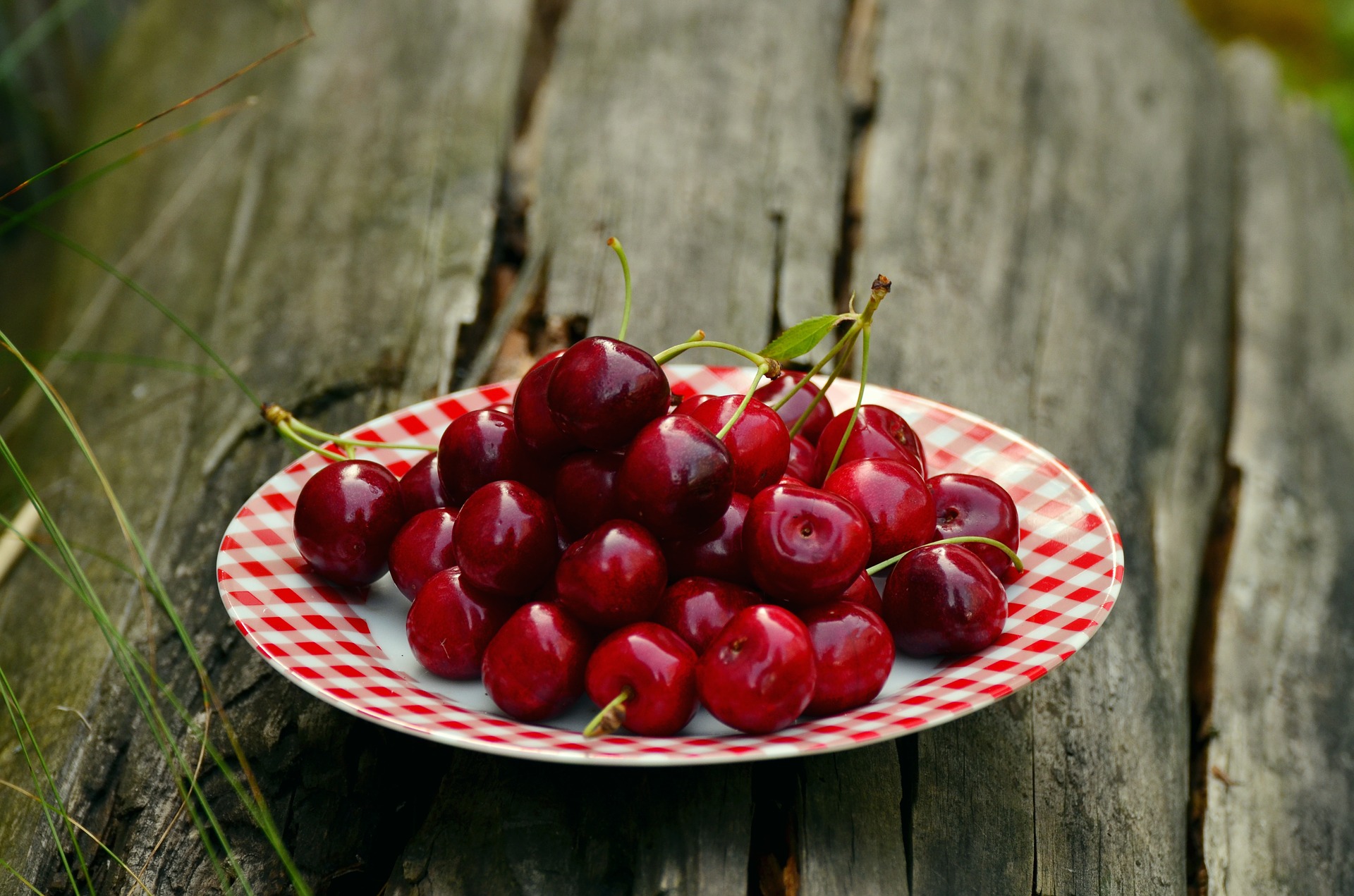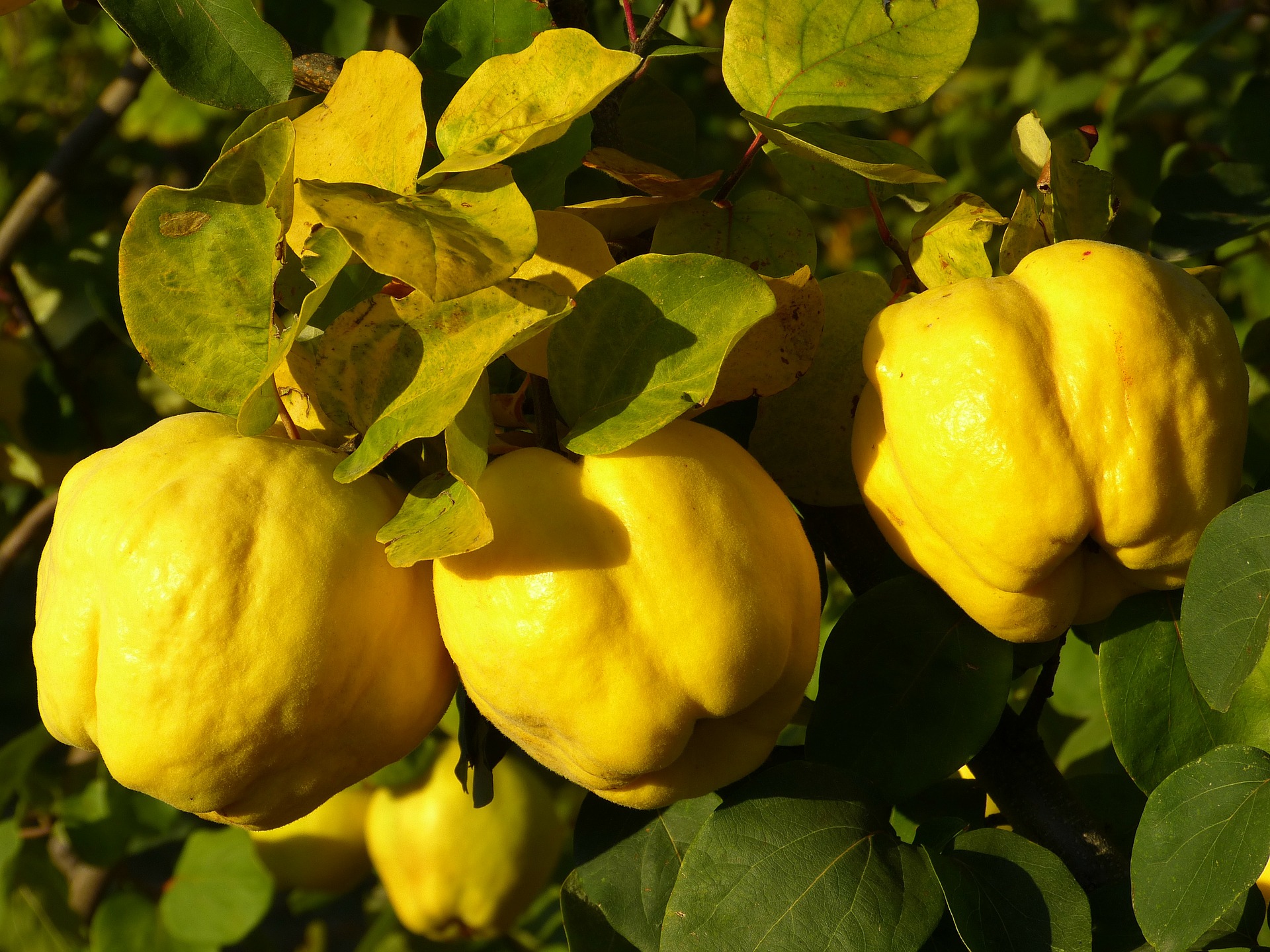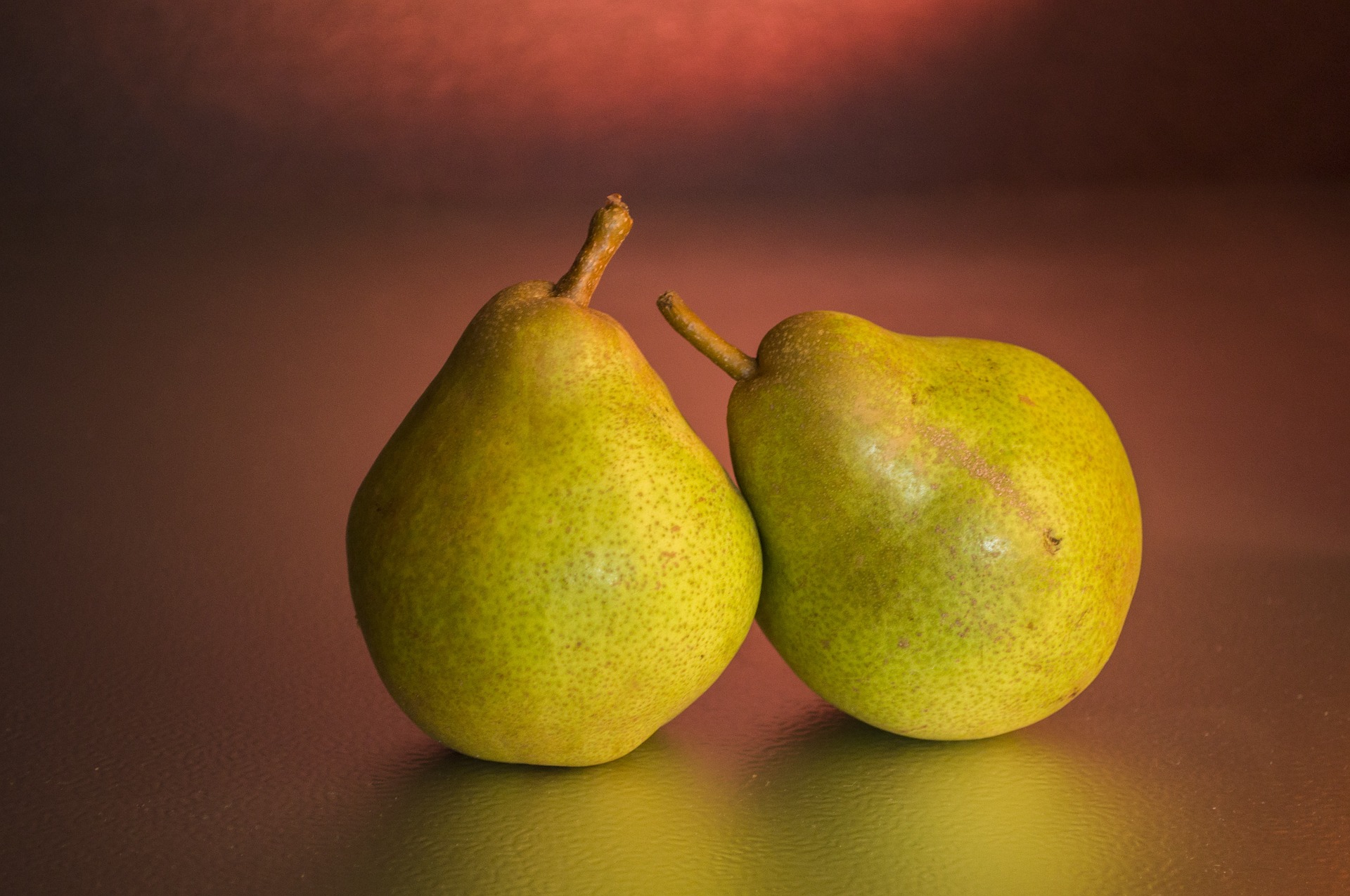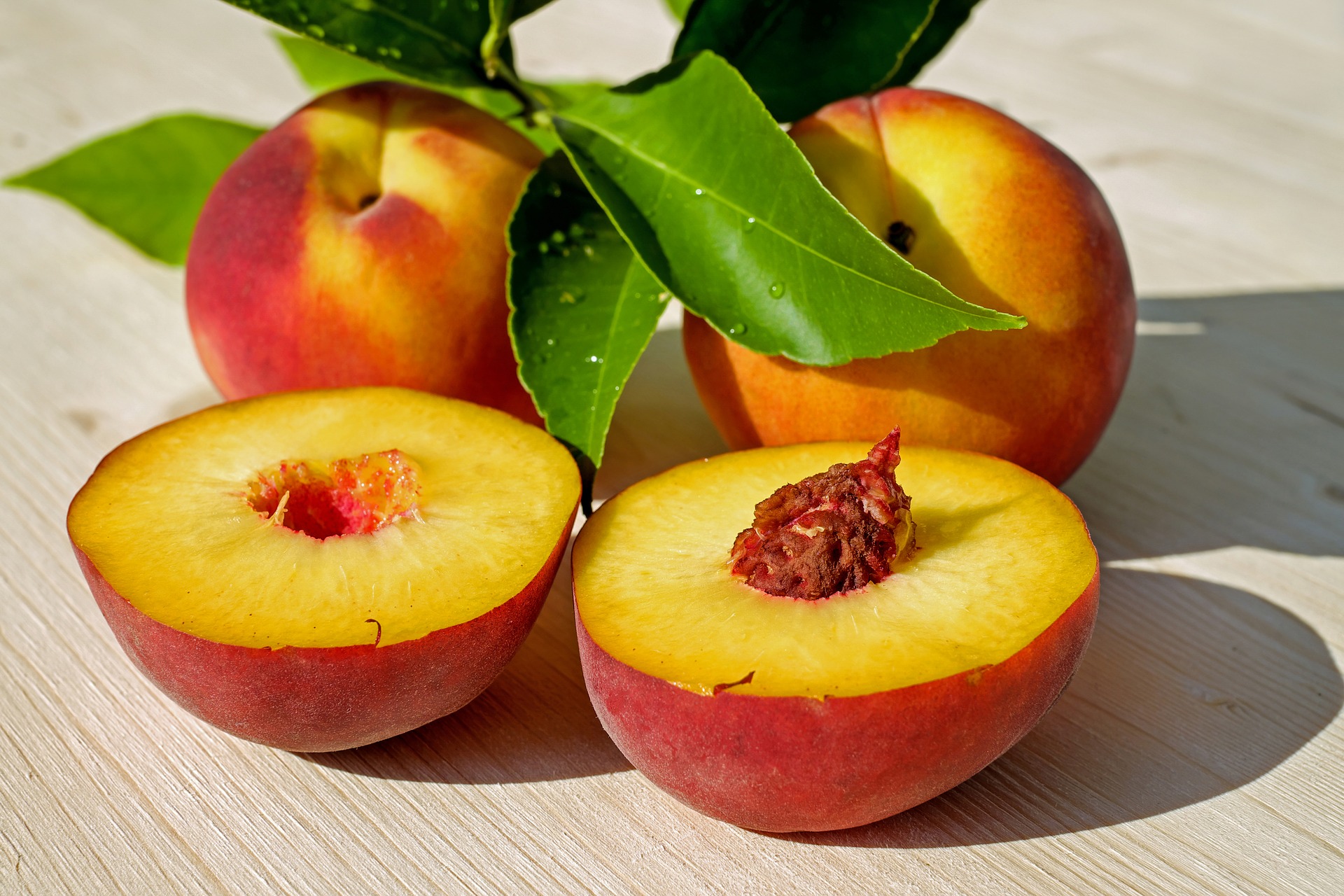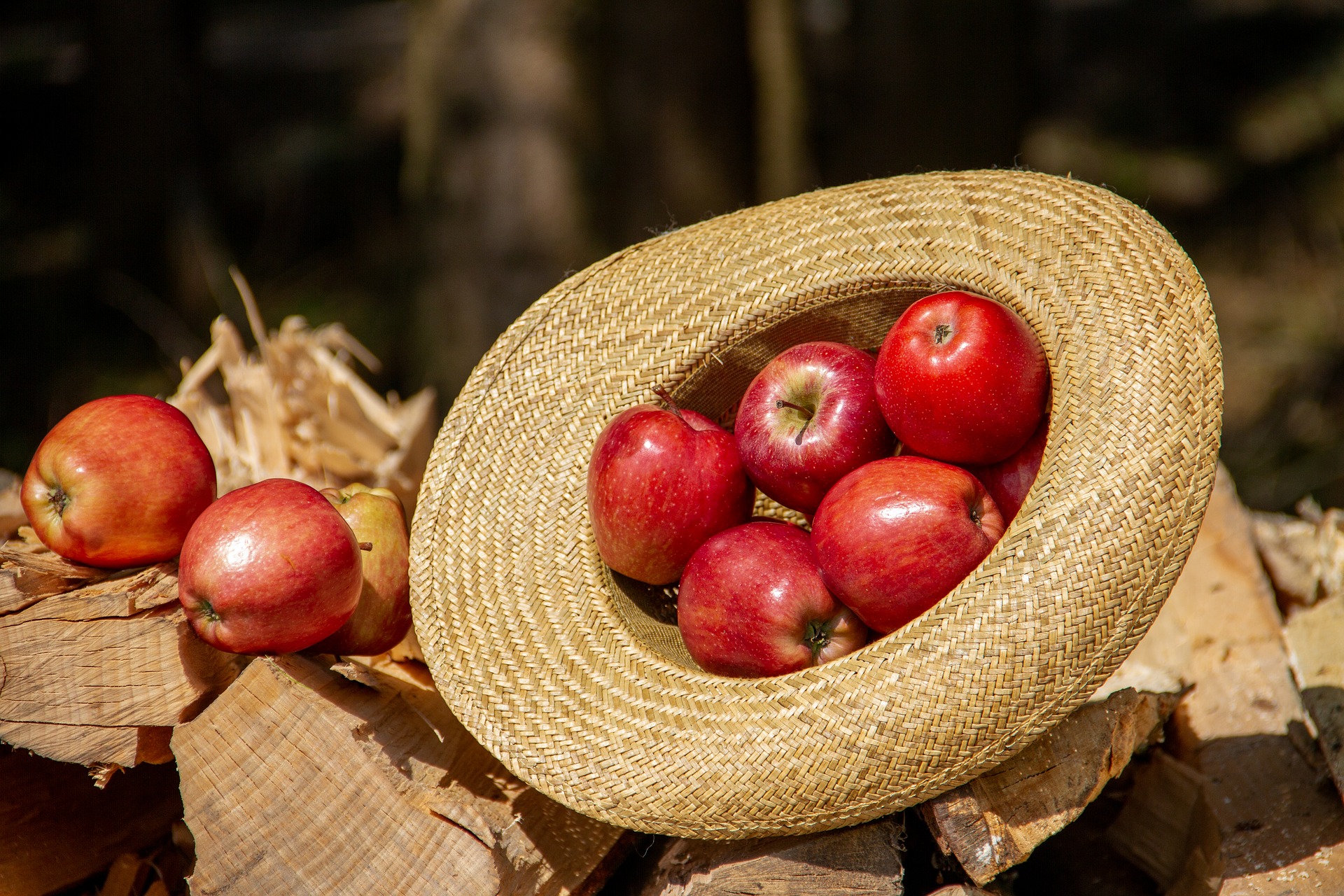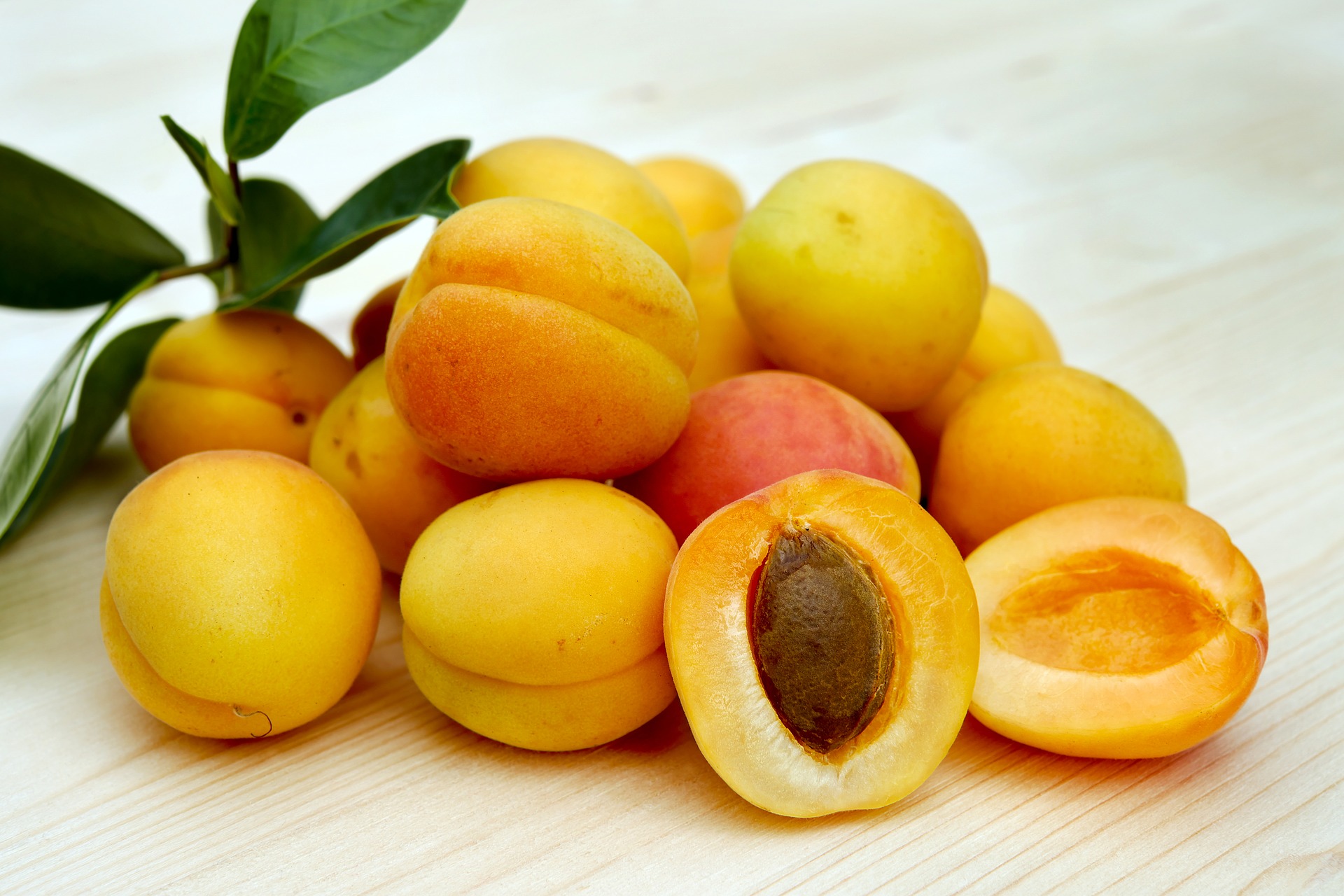The medlar tree is a typical hobby culture, but some farmers set aside some part and for the market.
Medlar fruit contain about 26 – 28 % dry matter, including sugars, organic acids, tannin and quite a lot of pectin (about 1.2%), potassium salts and a number of trace elements – vanadium, zinc, iron, etc.
The medlar neutralizes acid in meat, fish, eggs, fats, bread, walnuts and other foods. It is used for the strengthening of the guts and for treatment of different gastric disorders, against stones in urinal roads and for pain relief in kidney crises. Continue reading “Medlars”
